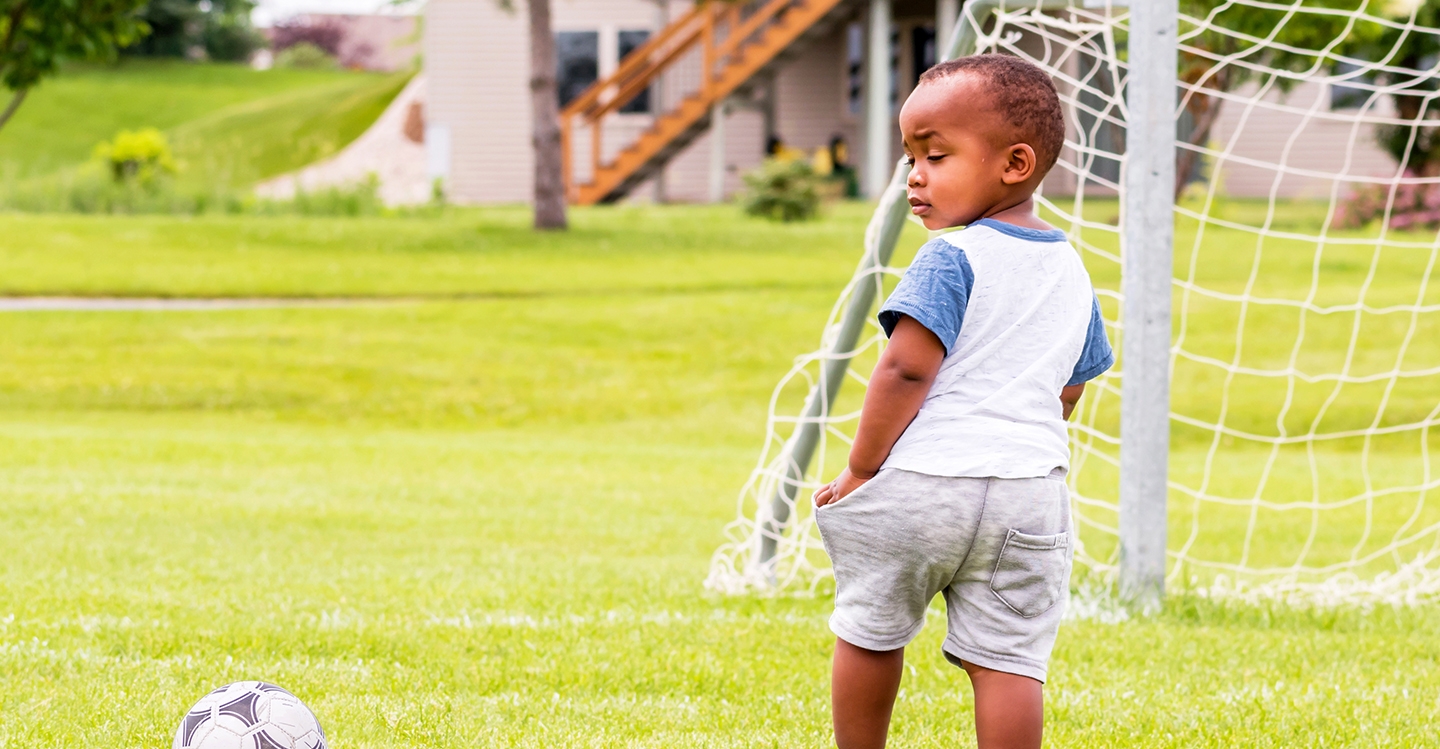At least three hours of physical activity spread throughout the day – every day – is recommended by Australian guidelines for toddlers and pre-schoolers, and this should include some energetic play such as running or jumping.
It can be hard to allow for this much activity in busy lives, and the inclusion of regular sporting activities into the family schedule can really help keep those active toddlers busy.
All-round benefits
There are a whole host of benefits for children who participate in sport. Physical benefits include the healthy growth of bones, muscles, ligaments and tendons and improved cardiovascular fitness, coordination and balance, as well as a reduced risk of obesity.Social and cognitive benefits include the development of attention and concentration skills, increased confidence and enhanced social and personal skills, such as cooperation and leadership. Exercise builds persistence and resilience and, when children are old enough to do competitive sports, it helps them learn to cope with life’s inevitable disappointments. The physical activity from sport allows children, just like us grownups, to physically and mentally relax and also to sleep better.
There’s another very important aspect for children too: as activity increases, inactivity (of course) decreases. Children are constantly surrounded by digital devices these days, and it’s crucial to encourage them from a young age to be involved in regular activities that don’t include screen-time and long periods of physical inactivity.
Sporty options
If you think your toddler is ready to get involved in a sporting activity, it’s worth talking to other parents about what programs or classes there are in your area. Lots of sports like cricket, soccer, rugby and football offer programs specially designed for toddlers and young children. Other options could be swimming classes, gymnastics, dance classes and kids’ circuits or exercise classes at gyms.Once you’ve found an activity that sounds interesting, go along and check it out. Have a talk to other parents at the program as well as the people organising and running the sessions. Watch the children participating in the classes. If you can see children who are joining in with enthusiasm and are smiling, laughing and having fun, it’s a sign of a good program.



